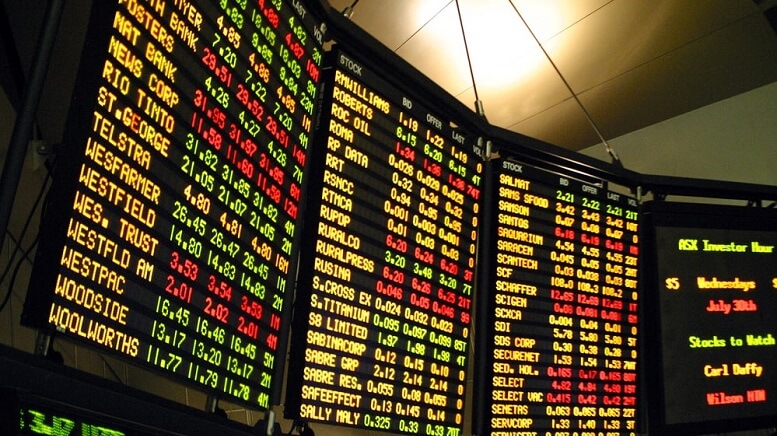The U.S. stock market forecast turned cautious this week, with investors treading lightly ahead of the highly anticipated June jobs report, set to be released Thursday morning. This comes amid a backdrop of stock market uncertainty, renewed geopolitical tensions, and speculation surrounding future interest rate policy from the Federal Reserve.On Wednesday, the S&P 500 slipped 0.1% following two record-breaking sessions, while the Dow Jones Industrial Average (INDEXDJX:.DJI) fell by 16 points. The tech-heavy Nasdaq Composite (NASDAQ:IXIC) also edged down 0.1%, marking a modest pullback in what has otherwise been a strong run for equity markets.
Why Thursday’s Jobs Report Matters
Investors and economists alike are focused on Thursday’s U.S. Labor Department data, which will provide the clearest signal yet on the health of the job market. A significant drop in job creation could strengthen the case for the Federal Reserve to begin cutting interest rates later this year, potentially lifting markets. Conversely, a strong jobs report may delay any easing and keep rates elevated—a negative for both stocks and bonds.
In tandem with the monthly employment data, the weekly jobless claims report will also be released, providing additional insight into labor market trends. Because markets are closed Friday for Independence Day, the early release is expected to spark considerable trading volume on Thursday.
Tariff Concerns Add to Stock Market Jitters
Adding to the cautious tone in the U.S. stock market forecast are renewed fears about trade tensions. President Donald Trump has made it clear there will be no extension on a tariff deadline with Japan, warning of steep duties—potentially up to 35%—if new deals aren’t reached by July 9. The Nikkei 225 dropped 0.6% on the news, reflecting concerns from international investors about the impact on global supply chains.
Stephen Innes of SPI Asset Management described the atmosphere as a “pressure cooker,” emphasizing the risk to stock market stability should negotiations falter. The uncertainty has already weighed on Asian markets, with South Korea’s KOSPI falling 0.5% and Shanghai’s Composite slipping 0.1%.
U.S. Stock Market Forecast Amid Political and Legal Headlines
In Washington, House Republicans are fast-tracking a vote on Trump’s tax and spending bill, which narrowly passed the Senate with Vice President JD Vance casting the deciding vote. While the package may offer short-term economic stimulus, some economists worry it could inflate the national debt and reignite inflation—factors that would keep interest rates higher for longer.
Meanwhile, in corporate news, Paramount Global (NASDAQ:PARA) agreed to pay $16 million to settle a lawsuit brought by Donald Trump over editing of a “60 Minutes” interview with then-Vice President Kamala Harris. Despite the headline, PARA shares were relatively unmoved, gaining 0.6% in premarket trading.
Global Markets Mixed Ahead of U.S. Data
Global markets remain mixed as investors await clarity from the U.S. economic data. Germany’s DAX rose 0.5% while France’s CAC 40 jumped 1.4%. The FTSE 100 in the U.K. added 0.1%, suggesting cautious optimism in European equities.
In Asia, Australia’s ASX 200 gained 0.7%, boosted by strength in resource stocks, while India’s Sensex dipped 0.3%. Energy prices also showed movement, with U.S. crude rising to $66.33 per barrel and Brent crude advancing to $67.98.
The currency markets also reflected investor hesitance. The U.S. dollar strengthened slightly to 144.18 Japanese yen, while the euro dipped to $1.1751 against the greenback.
Outlook: Cautious but Optimistic
As the U.S. stock market forecast hinges on this week’s job data, investors should expect increased volatility. With many indicators sending mixed signals, markets are likely to remain rangebound until there’s more clarity on employment trends and the Federal Reserve’s next steps.
In the short term, traders will be watching Thursday closely for signs of a softening job market, which could ignite hopes for rate cuts and push equities higher into the second half of 2025.
Featured Image – Depositphotos






